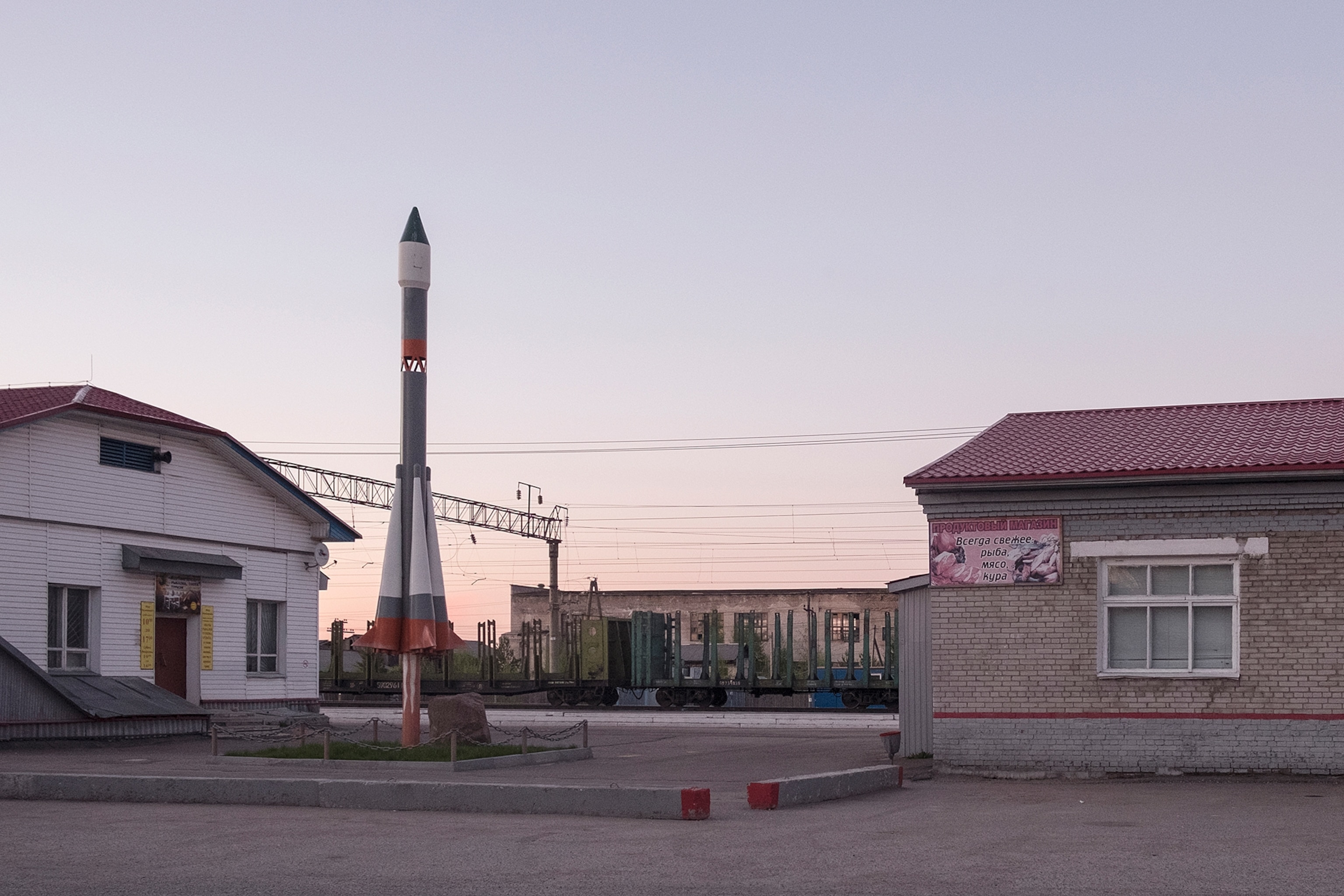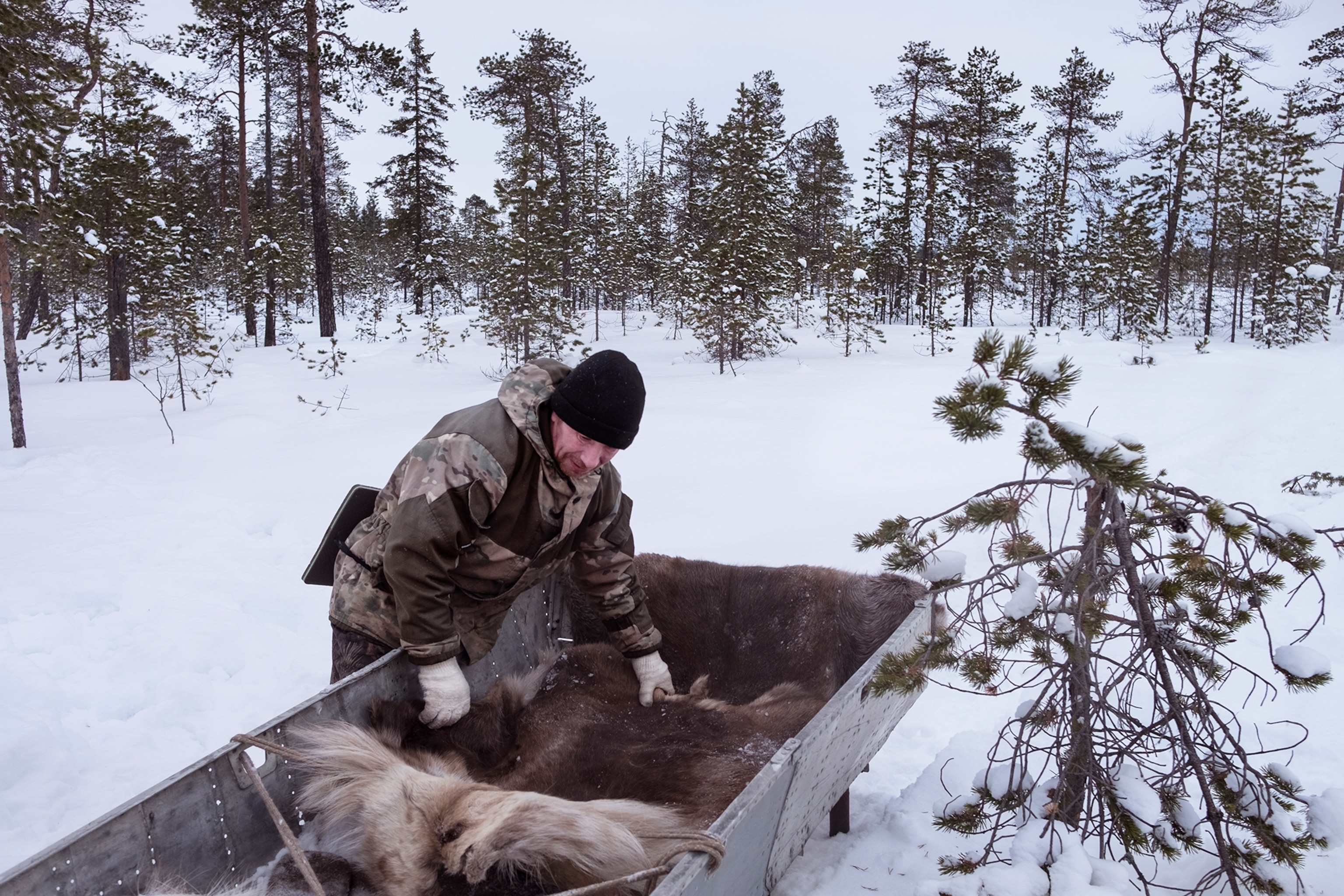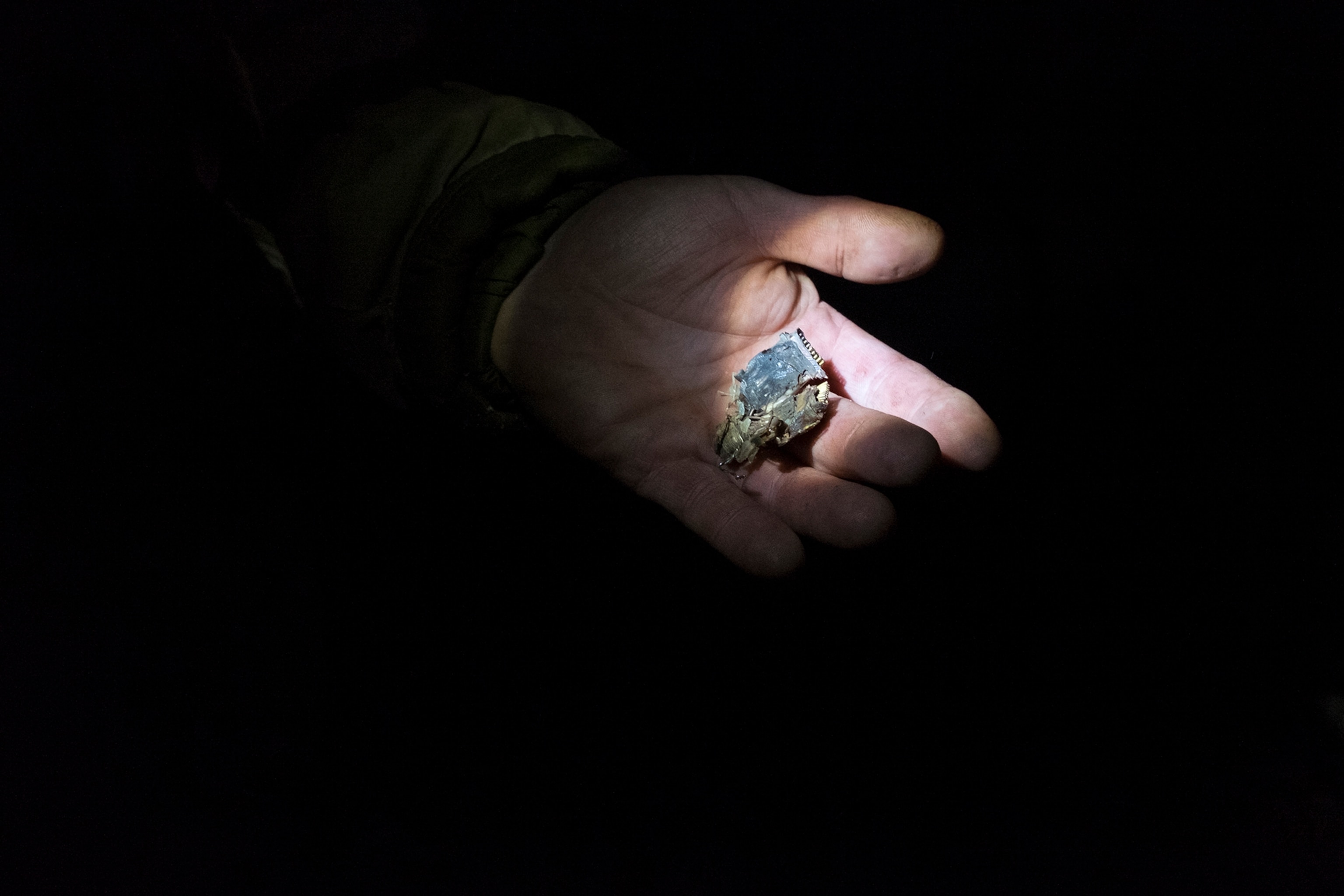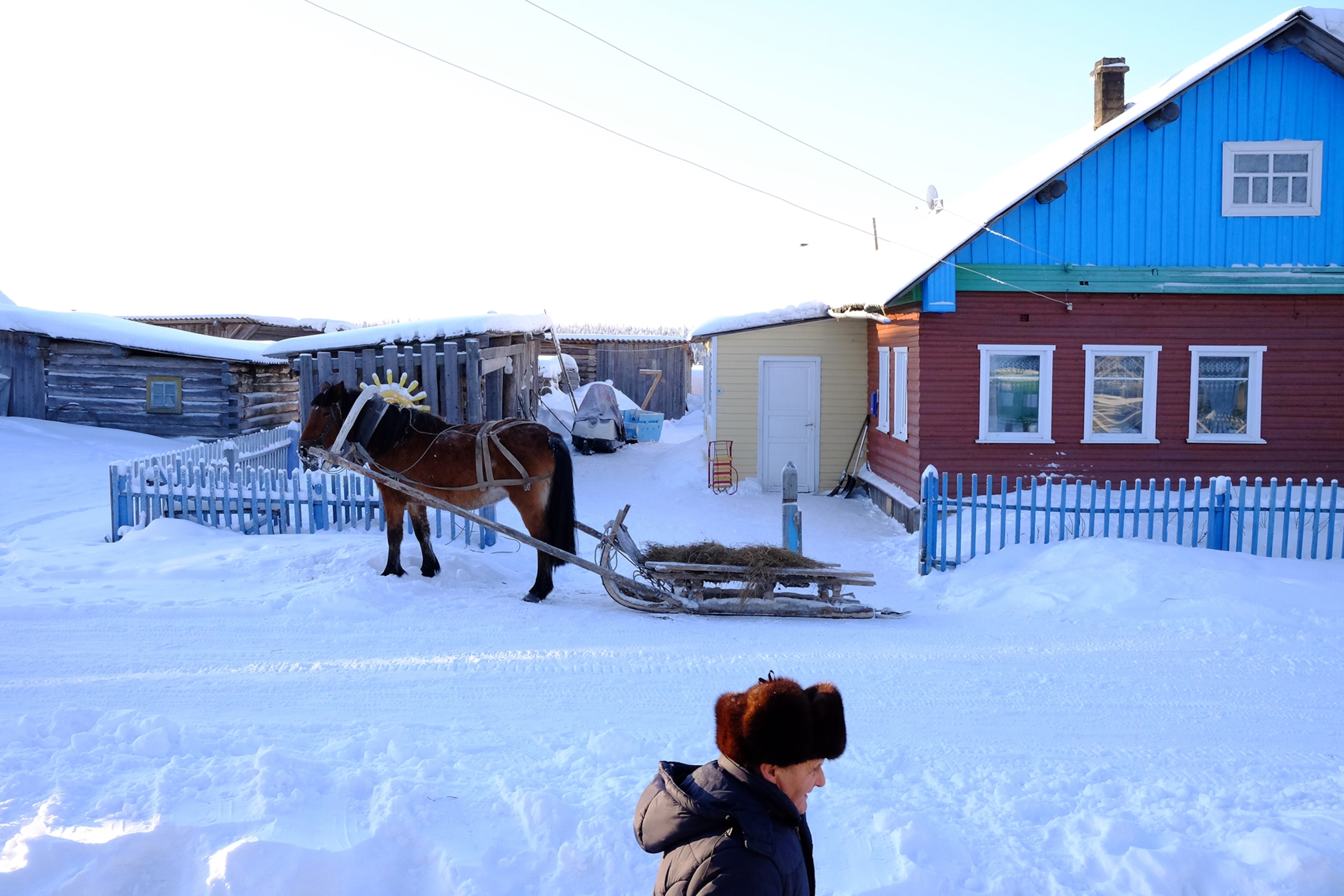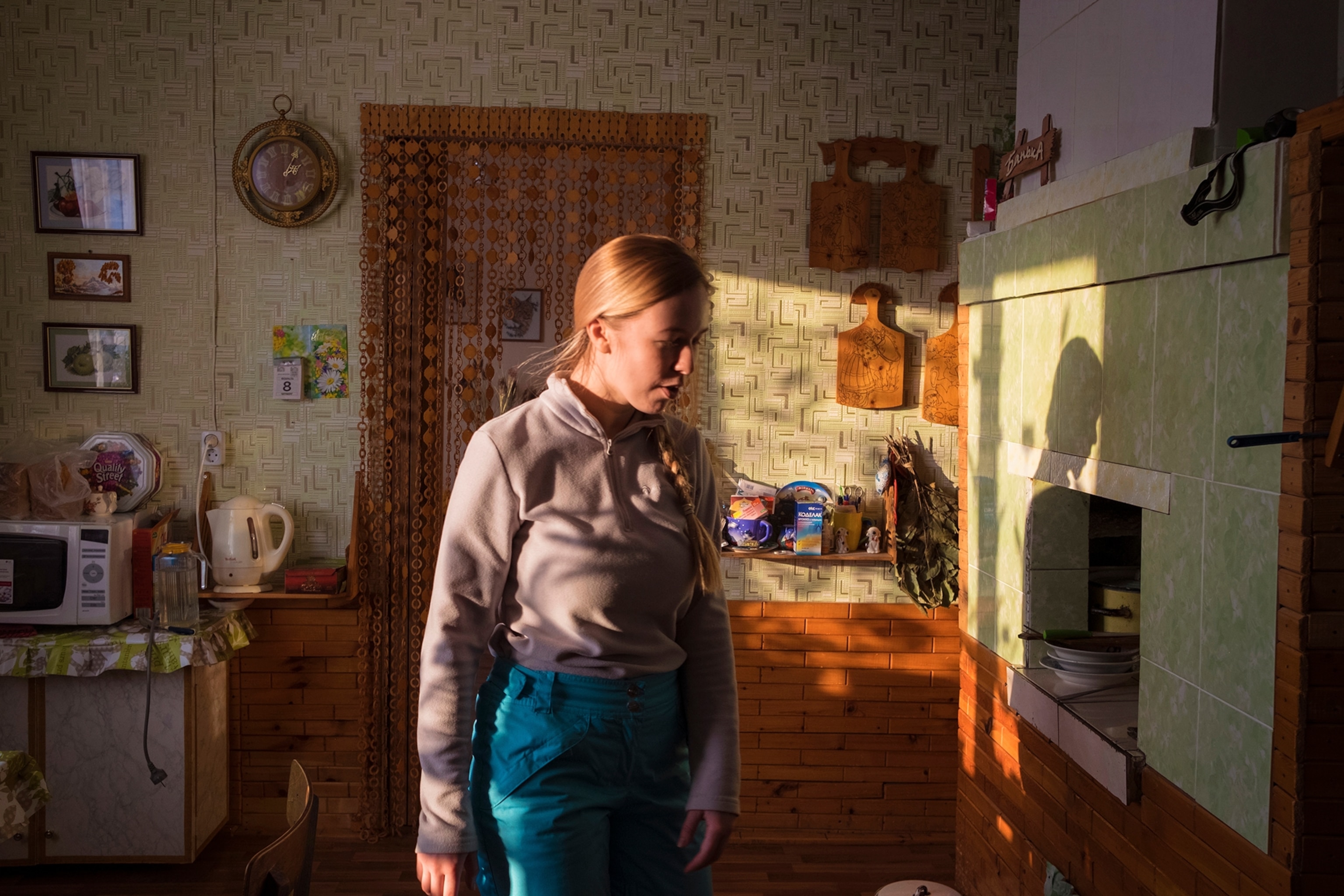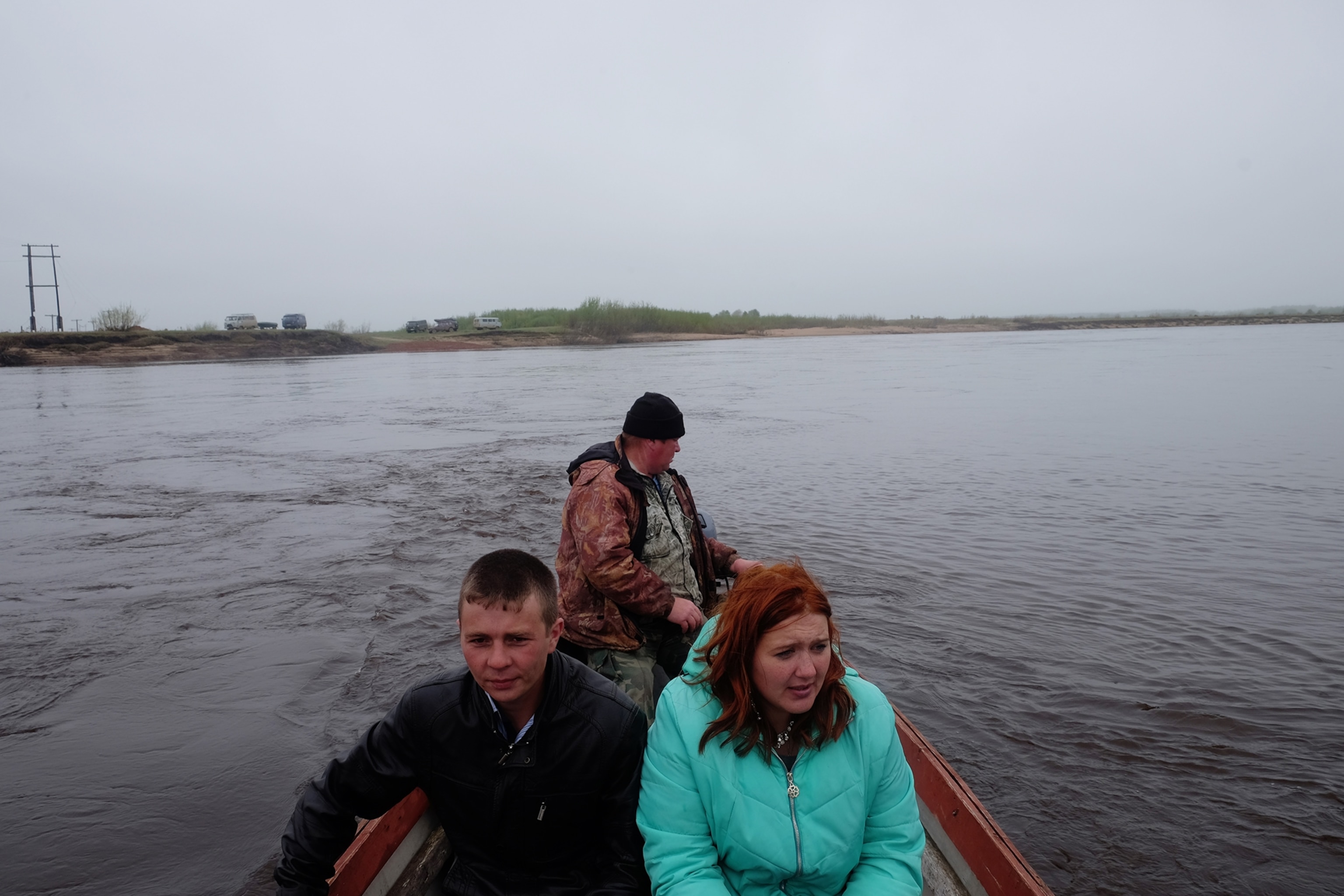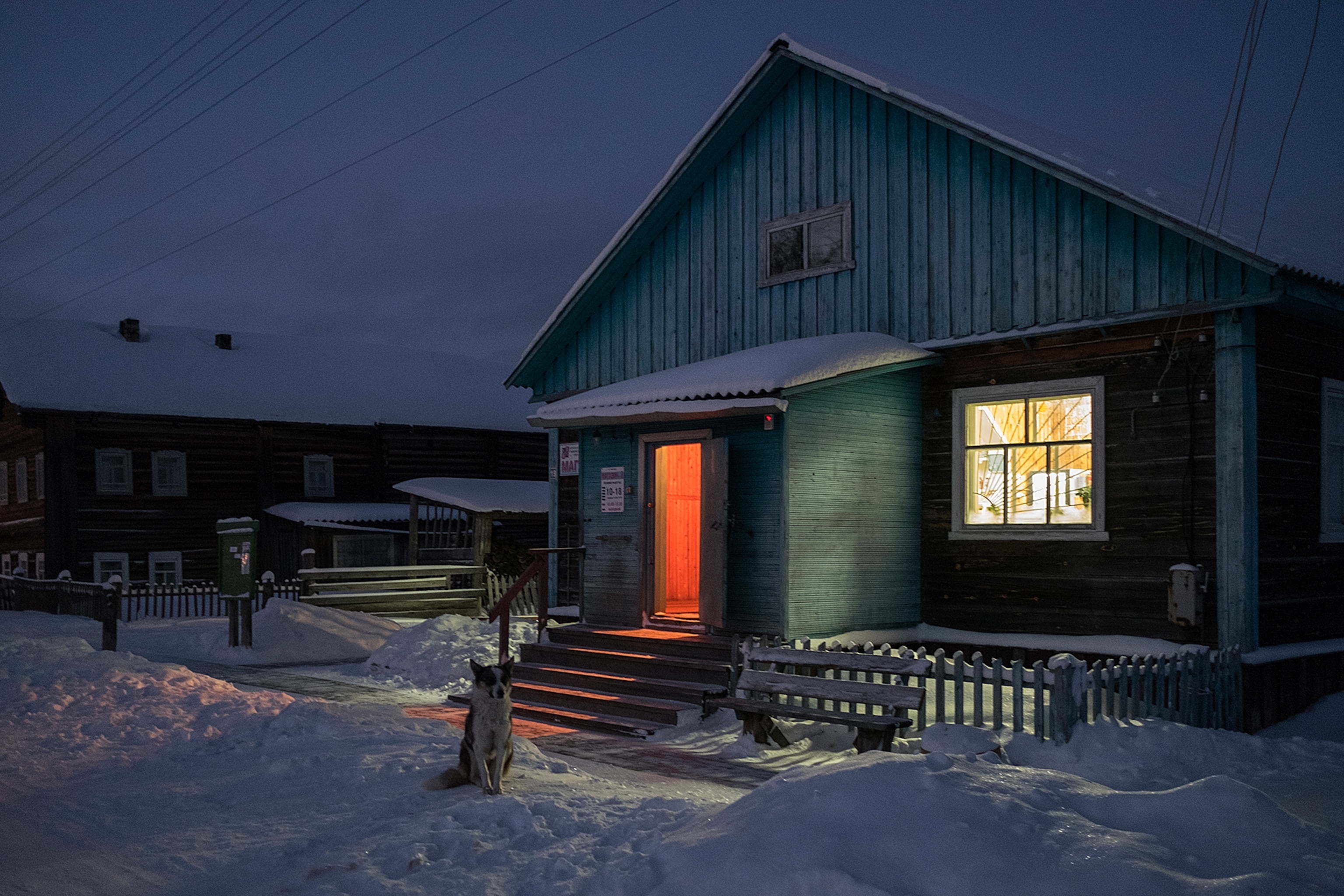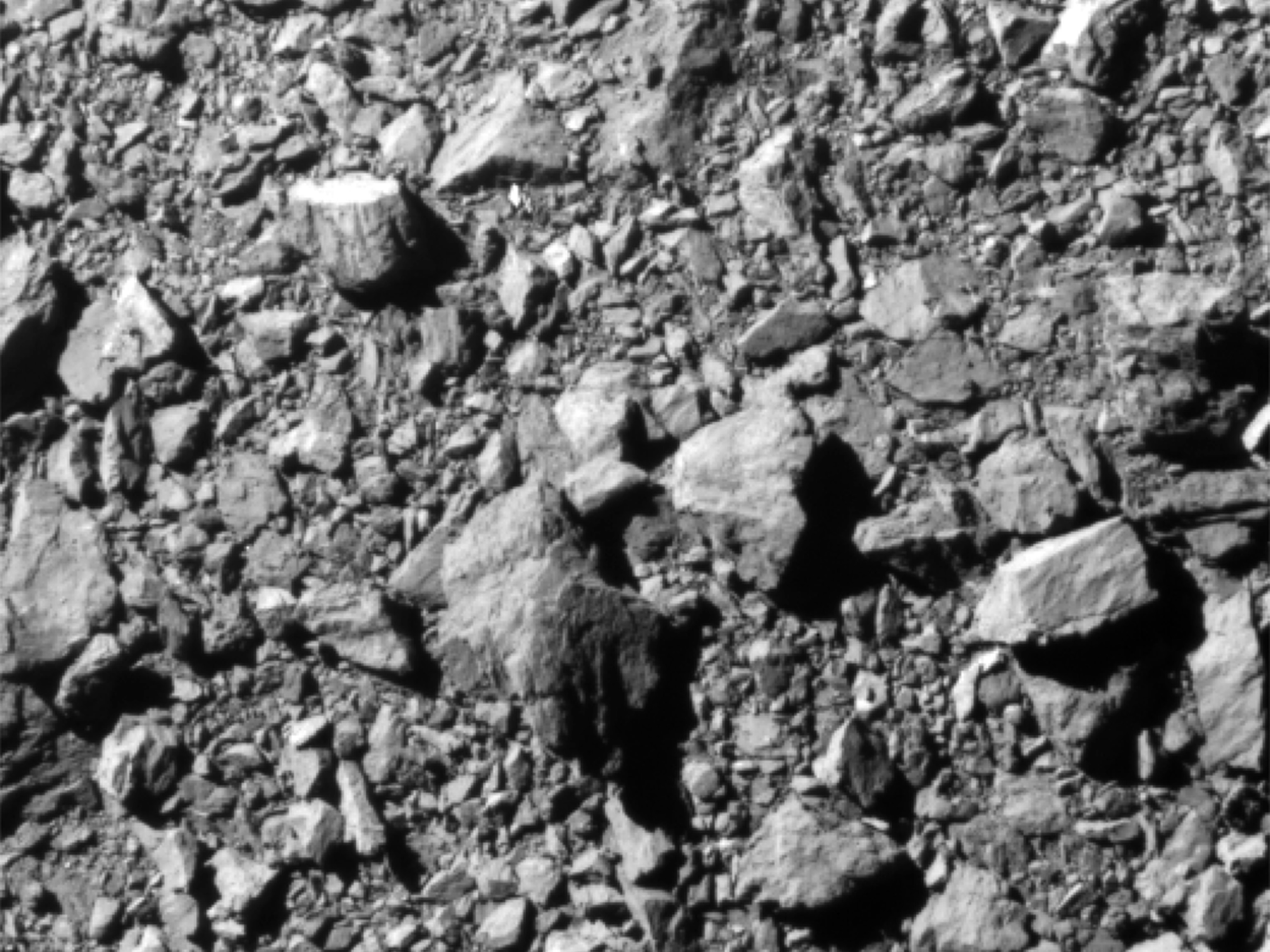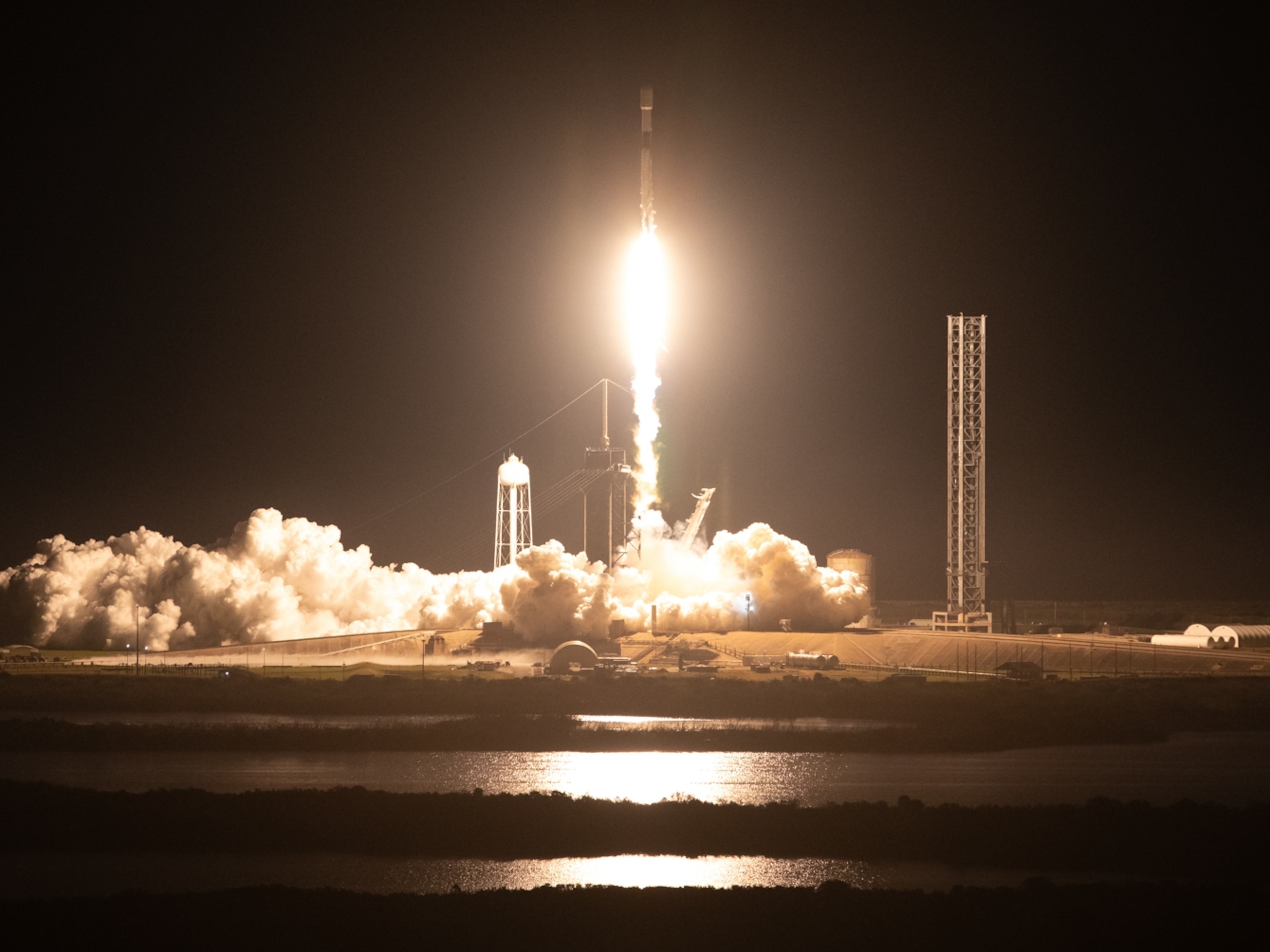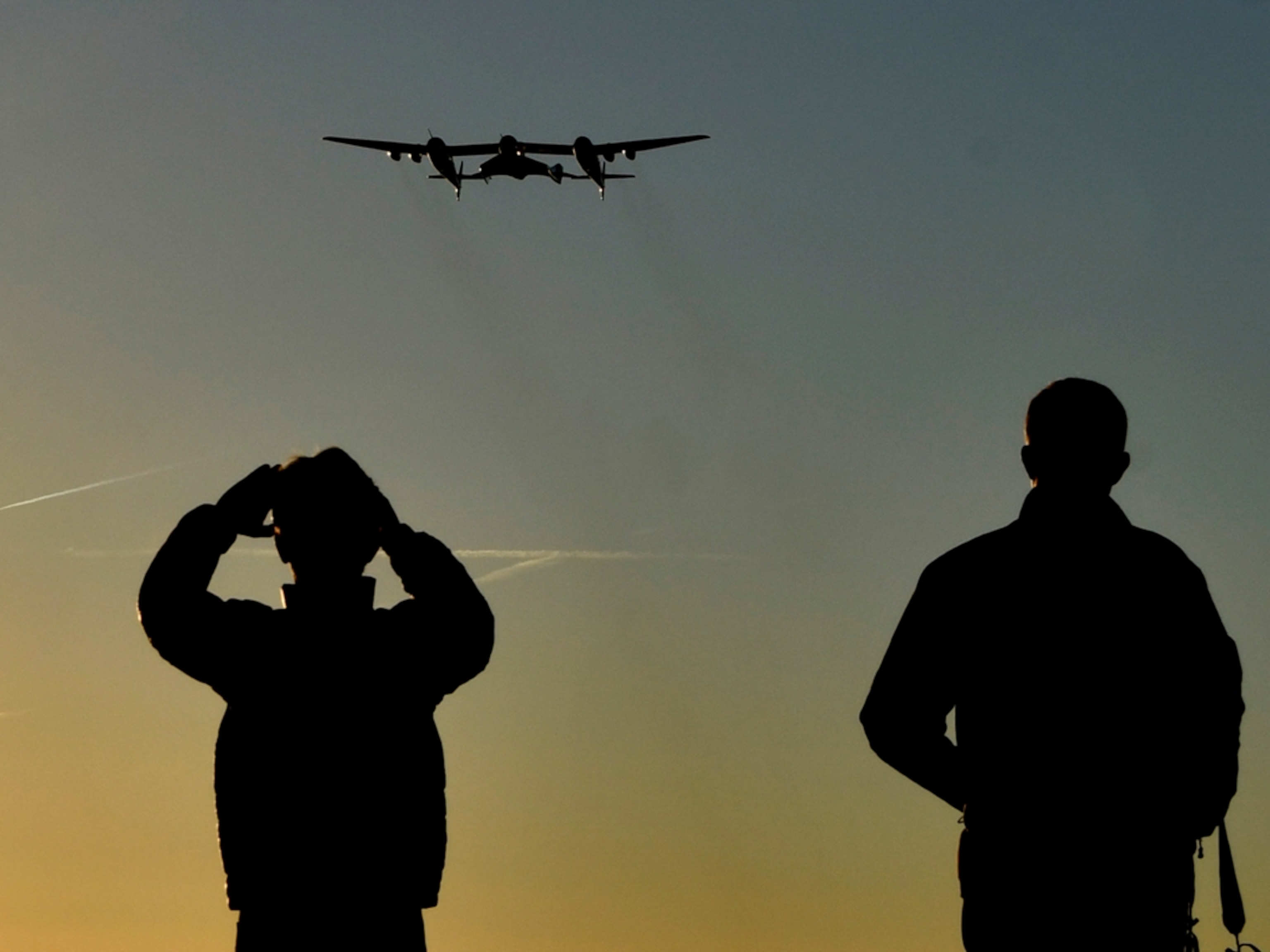At the heart of northwestern Russia's Arkhangelsk Oblast lies Plesetsk Cosmodrome, a missile base built during the Cold War that's now one of the world's most active rocket launch facilities.
But as the saying goes, what goes up must come down.
Each rocket launched from Plesetsk jettisons fuel containers and spent boosters, many of which fall back down to earth in the northern Mezensky District, a restricted area more than 200 miles northeast of the base. The area's largest settlement is the town of Mezen, population 3,575.
Life in and around Mezen isn't easy. Each summer, the rivers that crisscross the area flood, overwhelming the local roads and forcing people and their goods to ford multiple rivers.
So after jettisoned rocket parts fall from the skies above Mezen, villagers salvage the wreckage. Bits of fuselage become boats called rocketa and hunting sleds; gold and titanium pried from the wrecks find their way into the black markets of Arkhangelsk, the region's largest city. And fragments of some rockets even stand tall in villagers' gardens, as if the plots had sprouted metallic trees.
“I could not believe it, to see it with my own eyes,” says Italian photographer Rafaelle Petralla, who visited the area in 2017 and 2018 to document the villagers' unusually aeronautic way of life.
An Elaborate—and Possibly Toxic—Secret
The Plesetsk Cosmodrome began as an elaborate Soviet secret. The Western public didn't know about the base until 1966, when students and teachers at a U.K. grammar school deduced its presence. It'd take another 17 years for the Soviet Union to officially acknowledge its existence.
Secrecy still shrouds the area. The northern Mezensky district falls within Russia's “border security zone,” which means that authorized visitors must be approved by Russia's FSB security services. The requirement makes foreigners—let alone foreign photographers—a scarce sight.
By capturing images of life in the region, Petralla hopes that his work will help spread the stories of its inhabitants. In particular, he says that villagers he spoke to remain concerned about toxic compounds spread by the rockets.
“The government doesn't want to recover it, because it's too expensive, but at the same time, they have toxic materials,” says Petralla. “NASA, for example, goes to recover rockets in the Atlantic Ocean. Why doesn't the Russian government?”
When they crash to Earth, Plesetsk's spent booster stages still contain heptyl, a rocket propellant that's highly toxic and probably carcinogenic. Researchers are actively studying heptyl contamination around Baikonur Cosmodrome, a launch site in Kazakhstan.
While cancer records for Arkhangelsk Oblast, the region containing Mezen and Plesetsk, don't show unusual spikes relative to the rest of Russia, Petralla says that local villagers are adamant about heptyl's toll.
Bulat Kenessov, an analytical chemist at Al-Farabi Kazakh National University who studies Baikonur's heptyl, says that Plesetsk's health hazards merit a closer look, especially larger propellant spills at the cosmodrome itself.
“The human health risks are there and should be studied,” Kenessov says. “[Local researchers have] world-class equipment and highly qualified staff. They do as much as possible, but their abilities are limited by the low funding.”


